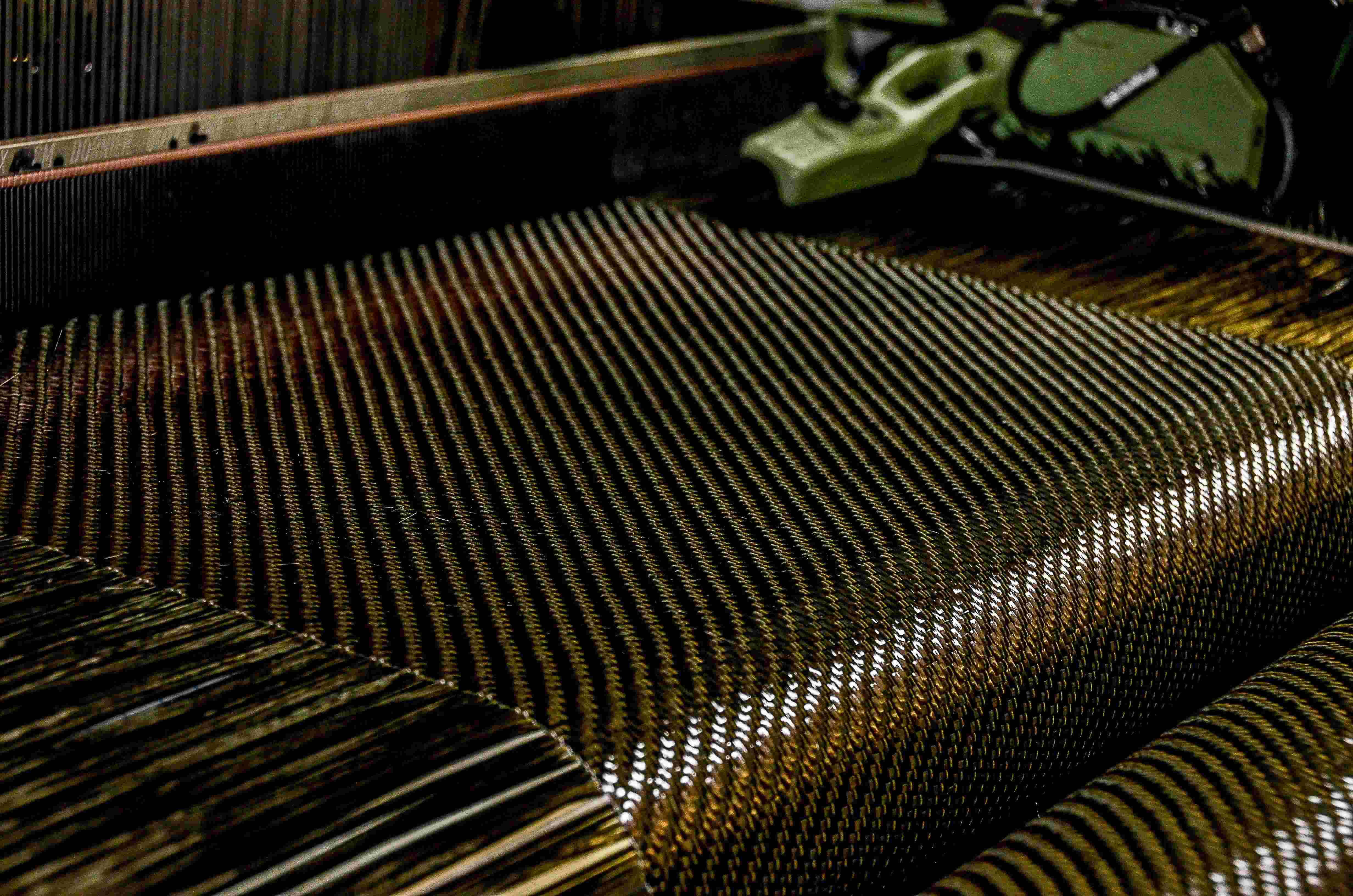Could You Wear Carbon? The Synthesis of Carbon Nanotube Fibers

The proportion of carbon dioxide in the air around us continues to increase. In fact, in just over 40 years, atmospheric carbon dioxide has increased by more than 20%. The most straightforward method to battle this significant greenhouse gas accumulation would most definitely be to cut down on CO2 emission and plant more trees. However, in the technological age of the 21st century, such a strategy is almost too straightforward, and dare I say, wasteful, when this carbon dioxide can instead be harnessed for further human advancement, particularly in one industry - textile.
The synthesis of carbon nanotubes (CNTs) is typically attributed to Ichihashi and Iijima, 1991, but is said to date back even further. As the name suggests, these structures are allotropes of carbon, with each carbon atom covalently bonded to three others, forming a hexagonal structure with unbonded electrons. These sheets of graphene are then essentially “rolled up”, forming tubes almost akin to mesh wire. These tubes of single-layer graphene are characterized by their highly conductive, highly tensile properties, owing to their miniature structures and delocalized electrons. For single-walled carbon nanotubes, the maximum diameter ranges from 1 to 50 nanometers.
Synthesizing CNTs using carbon dioxide gas is possible through electrolysis at high temperatures. Other techniques for CNT synthesis include Chemical Vapour Deposition (CVD), Laser Ablation, and Arc Discharge. CVD typically involves the chemical breakdown of hydrocarbons. Laser Ablation and Arc Discharge both employ the use of graphite, which can be gained via the electrochemical separation of CO2 molecules. Essentially, this means that the fundamental raw material and source of CNTs is constantly surrounding us. The real kicker is in the process of converting these nanotubes into fibers: given their microscopic diametric sizes but high surface area to volume ratio, these tubes often bundle together, or “agglomerate”. Some textile or fiber producing companies mix together the CNT powders with polymers to draw them into fibers, and “individualizing” the CNT allows for the amplification of their mechanical and electrical properties. Otherwise, the production of CNT fibers in the dry process requires the carbon nanotubes to have high aspect ratios (the ratio of their lengths to their diameters). In such a process, polymers are not required in the synthesis of the fabric - instead, the textiles are held together by weak secondary interactions between the carbon nanotubes, so a high aspect ratio allows for such interactions to increase manifold.
Now, to the real question: how do carbon nanotubes have anything to do with textiles? The answer is this: “smart clothing”, a concept developed at the Brown School of Engineering, has successfully incorporated carbon nanotubes, with their extensive superconductive and electrical properties, into athletic wear to take a continual electrocardiogram (EKG) of the wearer and record measurements of heart rate constantly, sans the need of chest straps and watches. Not only are these fabrics safe to wash, but also provide comfort and high durability. Even outside of this milestone, the integration of CNTs into fabrics will open up avenues towards the development of composite textiles and wearable technologies - potentially opening up the world to fire-resistant, antibacterial fabrics that do more than just look good.
Although carbon nanotubes were discovered more than 30 years ago, we have only recently begun to approach a reality where CNT fabrics are being created. The most important reason is this: although CNTs, on their own, display remarkable properties, combining them together in a manner that retains their abilities has proven difficult. This, of course, means that using them in textiles as wearable technology has been rather difficult - without their conductivity properties that set them apart, it is simply too costly to use them in textile synthesis. However, as our current technologies advance and knowledge continues to grow, it may soon become possible to wear carbon.
Works Cited
- Bradford, Philip D. “Carbon nanotube fabrics: A new nonwoven material.” Textile Technology Source, https://textiletechsource.com/2013/06/28/carbon-nanotube-fabrics-the-new-nonwovens/ . Accessed 2013.
- Kubley, Ashley. “Chapter 12 - Smart Textiles and Wearable Technology Innovation With Carbon Nanotube Technology.” Science Direct, 2019, https://www.sciencedirect.com/science/article/abs/pii/B9780128126677000124 .
- U.S. Global Change Research Program. “Atmospheric Carbon Dioxide | GlobalChange.gov.” U.S. Global Change Research Program, 2022, https://www.globalchange.gov/indicators/atmospheric-carbon-dioxide . Accessed 5 February 2025.
Similar Post You May Like
-

CFCs, HFCs and their long, troubled history
At its peak, the ozone hole covered an area 7 times larger than the size of Europe, around 29.9 million km2, and was rapidly expanding
-

The Origin of Universe: Deciding point where it all began!
Let us unravel and surf through the ideas throughout ages to understand what the universe and its origin itself was to its inhabitants across history.
-

The Artemis Program
Inspired by the Greek goddess of the Moon, twin sister to Apollo, the artimis program was named on 14 May 2019 by Jim Bridenstine.






